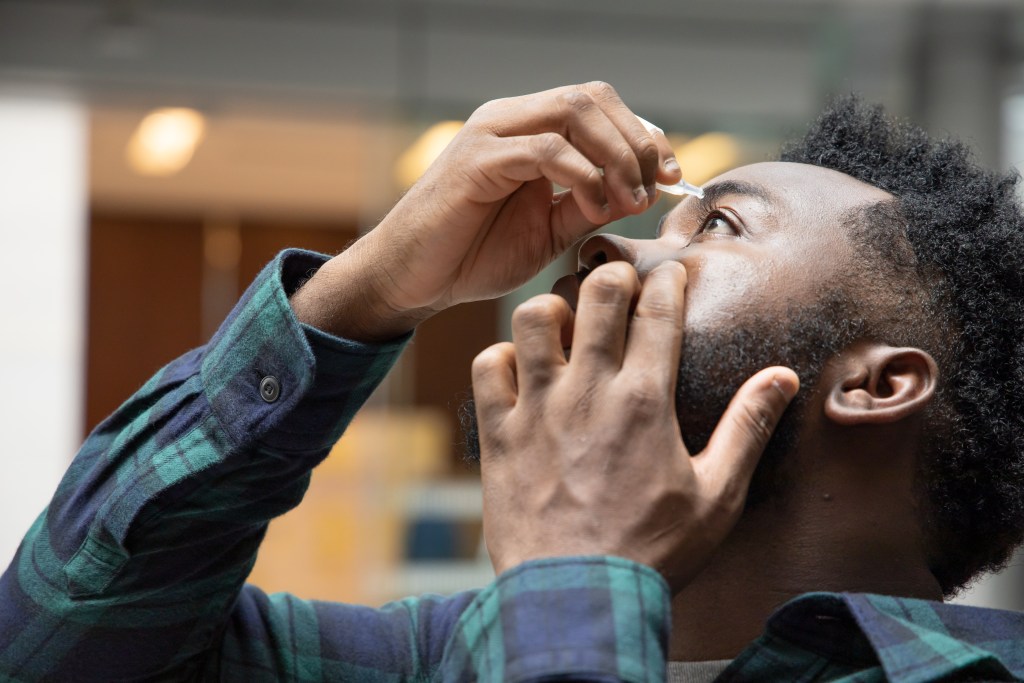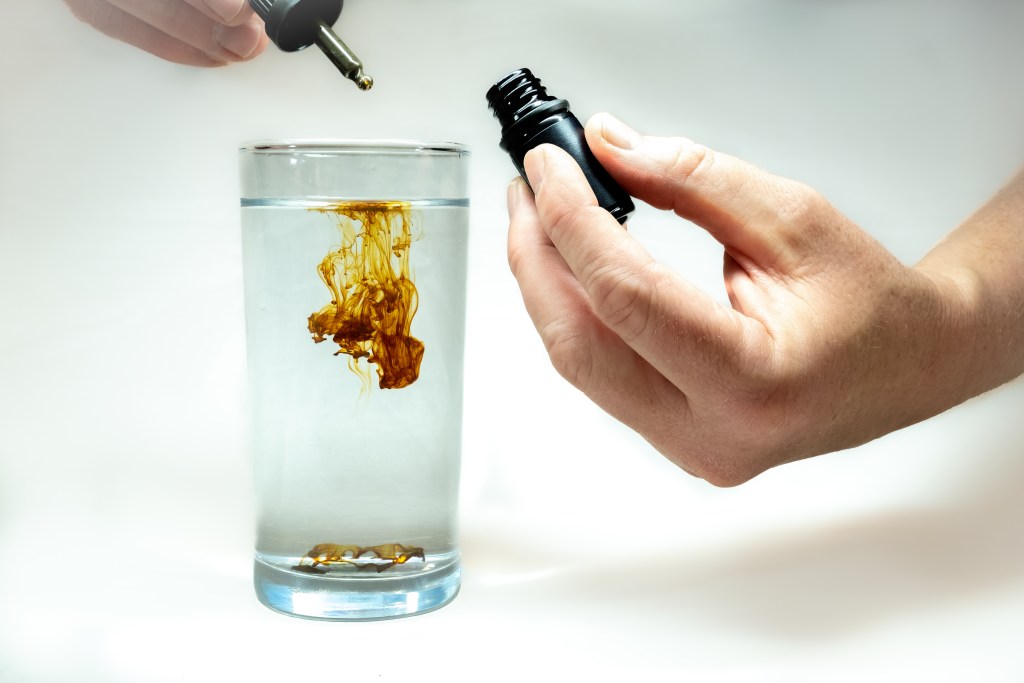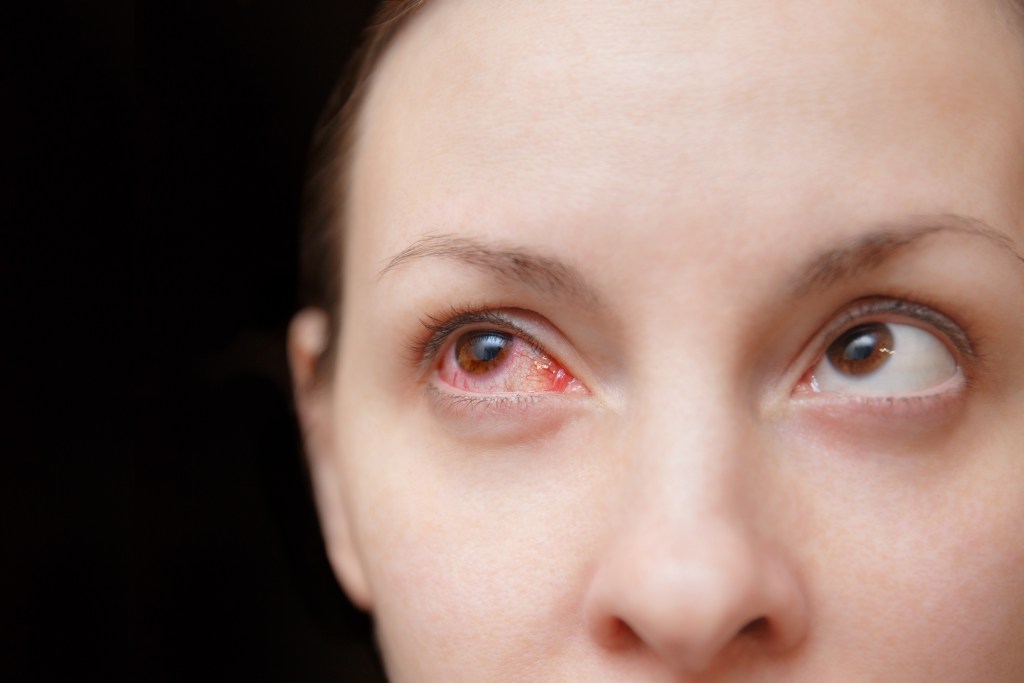Colloidal silver has potent antimicrobial and anti-inflammatory properties and has been used as antibiotic eye drops to treat pink eye for over 100 years.
Using colloidal silver for pink eye is an effective remedy to help reduce inflammation, irritation, and swelling in the affected eye.
Learn how to use colloidal silver to manage viral or bacterial infection and discover why it’s one of the best home remedies for pink eye relief.
What is pink eye?
Pink eye, or conjunctivitis, is an inflammation of the conjunctiva, the thin membrane that covers the inside of the eyelids and the white part of the eyeball.
Pink eye can have several causes, including:
- Viral infection: Viral conjunctivitis is typically linked to adenovirus, a viral strain associated with the common cold. Viral pink eye is highly contagious and can easily spread through touching contaminated surfaces and close contact with an infected person.
- Bacterial infection: Bacterial conjunctivitis is caused by bacterial strains, such as Staphylococcus aureus or Streptococcus pneumoniae, and typically spreads through contact with infected hands, contact lenses, or eye makeup.
- Allergic reaction: Allergic pink eye is often caused by exposure to allergens, such as pollen, dust mites, pet dander, or certain chemicals that can accumulate in the body.
While most cases of pink eye are triggered by a bacterial or viral infection, individuals with a weakened immune system and those with seasonal allergies are at increased risk of allergic conjunctivitis.
Symptoms of pink eye
When the conjunctiva becomes inflamed, the small blood vessels in the eye become dilated, which causes the characteristic pink or reddish color in the infected eye.
Here are common symptoms of pink eye:
- Redness in the white of the eye
- Blurred vision
- Swollen and inflamed eyelids
- Itching or burning sensations
- Watery eyes or yellow discharge
- Sensitivity to light
What is colloidal silver?
Colloidal silver is a suspension of microscopic silver particles in a liquid, typically water.
Colloidal silver has potent antimicrobial effects and has been used to treat a wide range of bacterial infections for centuries.
Research published in Antibiotics confirms that silver can inhibit and eliminate pathogens, including bacteria, viruses, and yeasts, by interfering with their cellular respiration and energy-making processes.1
Because of its ability to eliminate infectious microbes, colloidal silver is one of the most popular natural remedies for conjunctivitis and has been used as antibiotic drops in traditional medicine practices for more than 100 years.

How to use colloidal silver for pink eye
To manage pink eye symptoms, it’s best to choose a colloidal silver suspension with a dropper and carefully read the product label for instructions.
The exact dosage depends on the silver particle concentration of the product you plan to use. However, it’s generally recommended to apply two drops of colloidal silver suspension into the affected eye and always treat both eyes, even if only one eye is infected.
Research published in Coatings found that colloidal silver containing 20 to 30 parts per million (ppm) of silver particles was effective in treating bacterial conjunctivitis.2
While colloidal silver can help to manage eye infections, it shouldn’t be applied to the eyes for more than two consecutive days.
If symptoms don’t improve, it’s important to seek medical advice to evaluate the exact cause of conjunctivitis and formulate an appropriate treatment plan.

Are there risks to using colloidal silver?
Colloidal silver is generally well tolerated and has minimal side effects if used as instructed.
You may have heard that colloidal silver can turn your skin blue. However, this is extremely rare and typically linked to excessive and prolonged use of highly-concentrated colloidal silver, causing the accumulation of silver particles in the skin, which can lead to a bluish-gray skin tone.
Colloidal silver can be toxic if taken in large amounts or over a long period and can lead to neurological problems, kidney issues, and liver damage.
How long does it take to get rid of pink eye?
The duration of pink eye can vary depending on the underlying cause, the type of pathogen, and the severity of the infection.
“While bacterial conjunctivitis typically clears up within a few days, viral eye infections can take up to ten days to resolve,” explains Dr. Berg. “Using colloidal silver for a couple of days can significantly speed up the healing process.”
Administering artificial tears, cleaning your eyelids with a cotton ball, and avoiding wearing contact lenses and eye makeup can also help reduce dry and burning eyes caused by microbial infection.
In addition, taking zinc is a natural pink eye remedy that’s especially beneficial for viral conjunctivitis. Zinc has been found to inhibit the replication and proliferation of viruses linked to viral eye infections.

Key takeaways
Evidence suggests that using colloidal silver for pink eye can be as effective as antibacterial eye drops.
Colloidal silver has potent antimicrobial properties that have been found to inhibit and eliminate bacterial strains linked to eye infections.
However, colloidal silver shouldn’t be used long-term, and it’s important to consult a healthcare provider if conjunctivitis symptoms persist for more than two days.
FAQ
1. How do I use colloidal silver for pink eye?
Colloidal silver solution can be applied as eye drops to manage pink eye symptoms.
While the exact dosage depends on the strength of the colloidal silver product you are using, it’s typically recommended to apply two drops to each eye once a day for no more than two consecutive days.
2. Can you put colloidal silver in your eyes?
Yes, colloidal silver has been found to be an effective antimicrobial eye drop solution that can help to clear up eye infections.
3. What is the fastest way to stop pink eye?
Using two drops of colloidal silver once a day for no more than two days can help clear up pink eye fast.
In addition, it’s important to avoid wearing eye makeup and contact lenses to reduce irritation and lower the risk of re-infection.
4. Is there a way to get rid of pink eye overnight?
How fast pink eye clears up depends on the exact cause and severity of the infection.
However, a mild case of bacterial pink eye can be managed with colloidal silver due to its potent antimicrobial properties. In addition, using a soaked green tea bag as a cold compress can help to reduce eyelid swelling caused by conjunctivitis.
5. What is the best homeopathic remedy for pink eye?
Colloidal silver is one of the most popular homeopathic remedies for pink eye.
Silver is a potent antimicrobial agent that has been found to inhibit several pathogenic microbes known to cause eye infections.
6. Will colloidal silver turn my skin blue?
Using colloidal silver as instructed won’t turn skin blue. Argyria, a condition characterized by a skin tone that’s bluish-gray, is rare and typically caused by excessive and prolonged use of highly-concentrated colloidal silver products.
7. What does viral pink eye look like?
Viral pink eye typically affects both eyes and is accompanied by redness, watery discharge, puffy and swollen eyelids, and light sensitivity.
8. How long does it take for colloidal silver to get rid of pink eye?
Most cases of mild eye infections clear up within two to three days if colloidal silver drops are administered as soon as pink eye develops.
Colloidal silver shouldn’t be applied to the eyes for more than two consecutive days, and it’s important to consult a healthcare provider if conjunctivitis symptoms persist to evaluate the underlying cause and formulate an appropriate treatment plan.








